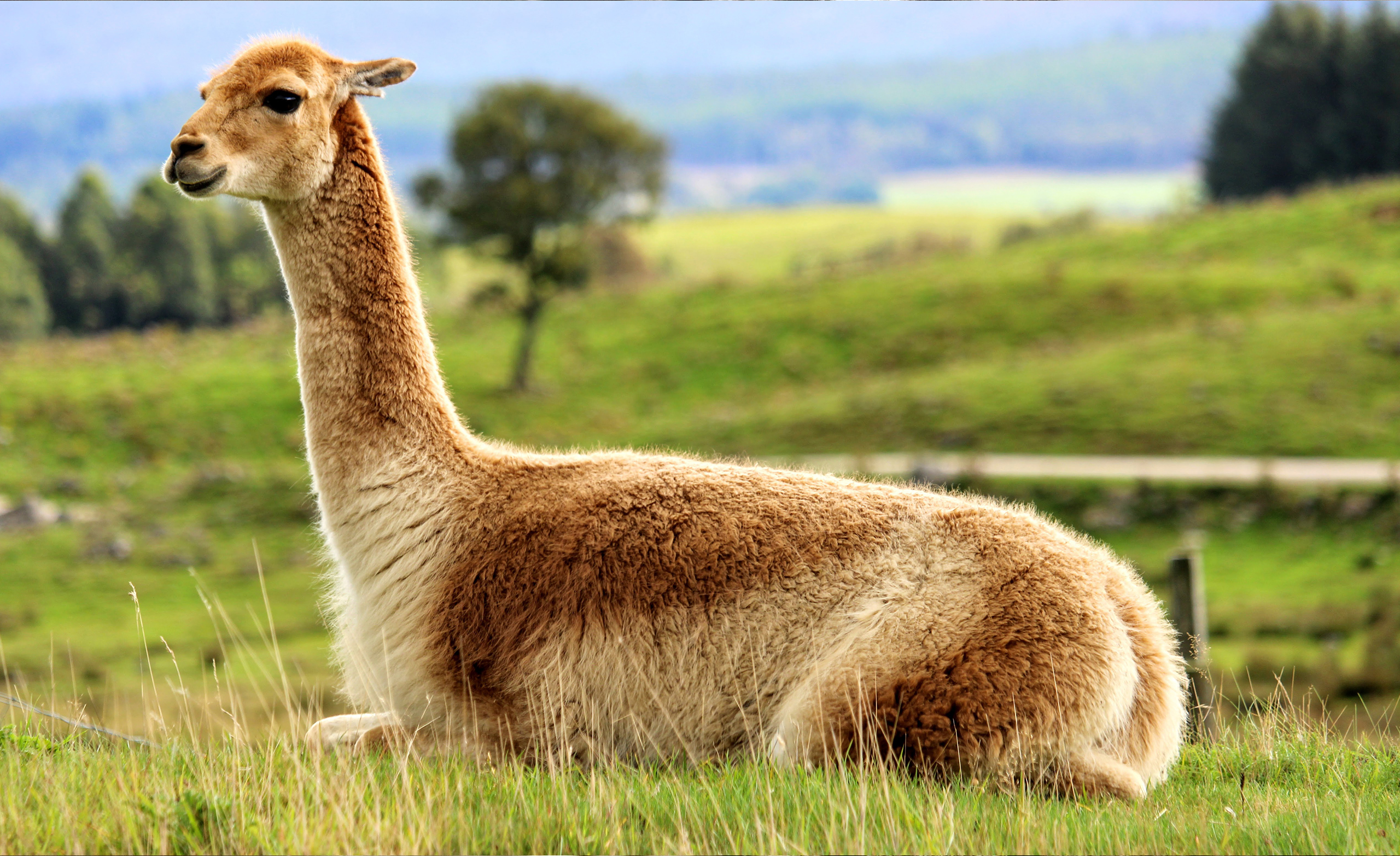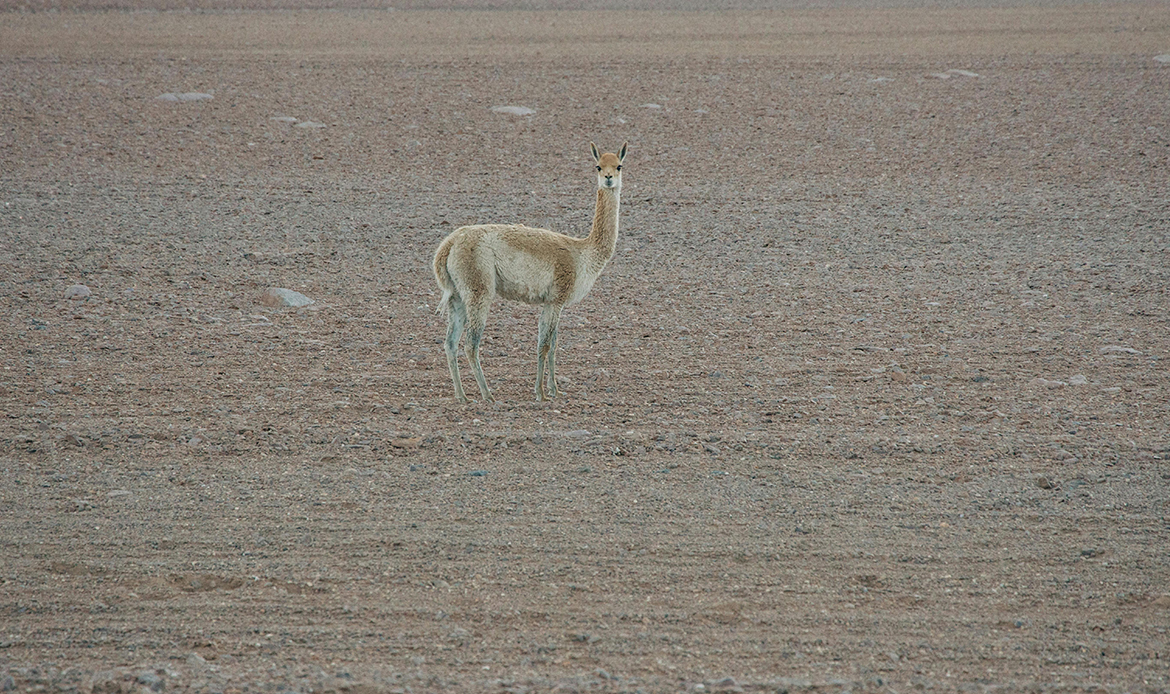
Vicuña Conservation: Preserving the Treasures of the Andes
In the breathtaking heights of the Andes Mountains, where the air is thin and the landscape rugged, roams one of South America’s most precious wildlife treasures – the vicuña (Vicugna vicugna). These elegant camelids, closely related to llamas and alpacas, represent not only a remarkable example of evolutionary adaptation but also embody the delicate balance between conservation, sustainable use, and indigenous cultural heritage.
Table of Contents
The Historical Significance of Vicuñas
Throughout history, vicuñas have held an esteemed position in Andean culture. The Inca civilization considered these graceful creatures sacred, and their ultra-fine wool was reserved exclusively for royalty. Known as “the fiber of the gods,” vicuña wool remains the finest and most expensive natural fiber in the world, with prices reaching up to $1,000 per kilogram in international markets.
Ecological Role and Habitat
Vicuñas are perfectly adapted to life in the high-altitude grasslands, or punas, of the Andes Mountains, typically living at elevations between 3,200 and 4,800 meters above sea level. These remarkable animals play a crucial role in maintaining the ecological balance of their habitat through their grazing patterns, which help prevent overgrazing and promote healthy plant growth in these fragile ecosystems.
Conservation Challenges
The path to protecting vicuñas has been marked by significant challenges. In the 1960s, their population plummeted to merely 6,000 individuals due to unrestricted hunting and habitat loss. This crisis prompted immediate international action, leading to the establishment of various conservation initiatives and protective measures.
Key threats to vicuña populations include:
- Illegal poaching for their valuable wool
- Habitat degradation due to climate change
- Competition with domestic livestock
- Human-wildlife conflict
- Disease transmission from domestic animals
Success Stories in Vicuña Conservation
Through concerted conservation efforts, the vicuña population has made a remarkable recovery, now numbering over 350,000 individuals across Peru, Bolivia, Chile, and Argentina. This success story demonstrates the effectiveness of combining traditional knowledge with modern conservation practices.

The “Chaku” Practice: Sustainable Resource Management
One of the most successful conservation approaches has been the revival of the traditional “chaku” – an ancient Incan practice of capturing, shearing, and releasing vicuñas. This sustainable harvesting method allows local communities to benefit economically from vicuña wool while ensuring the animals’ welfare and population stability.
Economic and Social Impact
The conservation of vicuñas has far-reaching implications beyond ecological benefits. Communities participating in sustainable vicuña management programs have experienced:
- Improved economic opportunities
- Strengthened cultural identity
- Enhanced environmental awareness
- Development of eco-tourism initiatives
- International recognition for conservation efforts
Future Conservation Priorities
To ensure the continued success of vicuña conservation, several key areas require attention:
- Strengthening Anti-poaching Measures
Implementation of more robust surveillance systems and increased penalties for illegal hunting are essential to protect vicuña populations from poachers. - Habitat Protection
Establishing and maintaining protected areas while managing human activities in vicuña habitats is crucial for their long-term survival. - Community Engagement
Continuing to involve local communities in conservation efforts through sustainable management programs and economic incentives remains vital. - Scientific Research
Ongoing studies of vicuña behavior, genetics, and ecosystem interactions are necessary to inform conservation strategies and adapt to changing environmental conditions.
The Road Ahead
The success in vicuña conservation demonstrates how coordinated international efforts, combined with traditional practices and modern conservation techniques, can bring a species back from the brink of extinction. However, continued vigilance and adaptation of conservation strategies are essential to ensure their survival for future generations.
As climate change and human development continue to pose challenges, the conservation of vicuñas serves as a model for sustainable wildlife management and showcases the importance of balancing environmental protection with community needs.
Conclusion
The story of vicuña conservation is more than just a tale of species recovery; it’s a testament to the power of collaborative conservation efforts and the importance of preserving both natural and cultural heritage. As we look to the future, the continued protection of these magnificent Andean creatures remains crucial for maintaining biodiversity, supporting local communities, and preserving an irreplaceable piece of South American heritage.
Through ongoing dedication to conservation, sustainable management, and community involvement, we can ensure that future generations will continue to marvel at these elegant creatures roaming the Andean highlands, just as their ancestors have for thousands of years.
